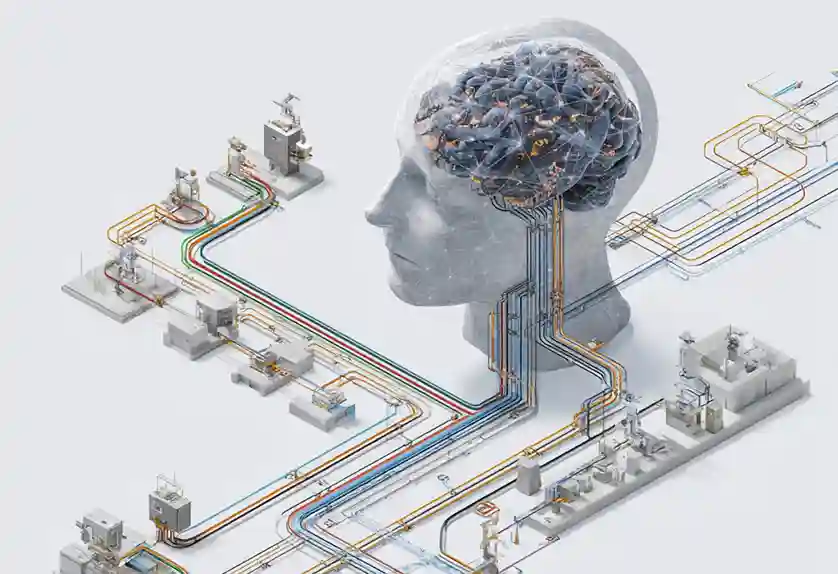While people and processes are fundamental elements of any business, today’s modern enterprises rely heavily on software solutions to drive positive business outcomes. Technology choice is essential to meeting business needs, and several organizations choose to opt for a suite software vendor that provides one solution for all core business functions.
In the world of content management, that means relying on a monolithic digital experience platform (DXP) to not only handle content but also facilitate personalization, analyze performance metrics, and do several other things to manage the customer experience. Yet this suite approach isn’t always best for every organization.
Many have turned towards composable architectures to help construct the technology stack best suited to their business, taking advantage of the best piece of software in each category to help them.
In this article, we’ll dive into this composable approach and explain how it not only facilitates better content management but also makes the implementation of DevOps and other processes much easier.
What It Means to Be Composable
Flexibility is a critical element for businesses today as they need to be ready to adjust to change at the flip of a switch. According to Gartner, a composable business “means creating an organization made from interchangeable building blocks.”
By viewing the business and technology used as being separated into different blocks or modules, organizations can rearrange themselves as necessary while adjusting to customer preferences or unexpected occurrences in the market.
Composability can be somewhat encapsulated in the best-of-breed approach to building software. In this approach, businesses select a different tool for each specific purpose and combine them to form one tech stack. This means choosing one option as a content management system, usually a headless CMS, another for analytics, another for digital asset management, marketing automation, e-commerce, and more.
Having composable architecture helps businesses reduce costs since they don’t need to constantly rip and replace existing infrastructure as new technologies are introduced. That’s because composable technology relies on making connections and integrations using APIs. This allows organizations to build, test and deploy applications faster as they can integrate with modern CI/CD technologies and microservices.
Yet composability isn’t just limited to how the business functions or the technology used. It also extends to how businesses manage content and customer experiences.
How Composability Impacts Content Management
A composable content experience is a website, mobile app or other content-rich application that is largely constructed from reusable components and built on top of various best-of breed, API-first platforms. As customers are exposed to more channels and digital touchpoints on a daily basis, that means that these content experiences need to be available across all of these channels.
Therefore organizations need reusable components and the ability to reuse code and content whenever they want, in order to provide their customers with an engaging experience at every turn. Content should be able to be presented on a website or mobile device, a tablet, or smart TV — wherever customers want to consume it.
Facilitating these experiences requires a headless CMS that decouples the front-end presentation layer so that content can be delivered to multiple channels and create an omnichannel experience for the customer. However, it also requires the integration of best-of-breed systems to continue to maximize the customer experience.
Unfortunately, this approach isn’t possible with monolithic platforms as these platforms don’t fit seamlessly into existing systems. While the content management capabilities of suite platforms might enable them to perform headless content delivery, they may place restrictions on other areas. They generally hold businesses back from swift innovation and launching new experiences quickly because they lack maturity in continuous integration and continuous deployment.
The Role of DevOps In Content Management
DevOps has aided modern developers in serving customers faster and deploying software applications at a rate that isn’t possible with traditional software approaches. It removes silos that traditionally hindered IT operations and developers and instead facilitates easier collaboration and communication.
DevOps’ culture has been instrumental in helping organizations speed up the time to market for their software applications. Developers have also benefited as it allowed them to increase efficiency without neglecting product quality.
Composable architecture is also beneficial for DevOps because it supports infrastructure as code (IaC). With IaC, developers don’t have to manually deploy resources to meet application requirements. Teams can provision resources automatically, allowing them to make better use of their time and speeding up productivity.
Yet, when it comes to content applications, things aren’t as simple. DevOps alone doesn’t provide enough value for other organization members, namely content authors, designers, and marketers. Today’s content applications span several devices and require developers to create front-end interfaces for many different channels. But marketers and content authors also need to be able to create, manage, and optimize personalized content and experiences for each of those channels.
Without the right infrastructure, this slows down content publishing and experience delivery, making DevOps less effective and causing challenges for several departments. However, just as composability can aid DevOps, it also makes another approach much easier.
Meeting the Demands of Digital Experiences with DevContentOps and Composable Architecture
DevContentOps brings content management into the DevOps cycle. This allows not just developers and operations to collaborate more efficiently, it also integrates content managers, marketers, designers, and the CMS or DXP into the equation. Content and code can be published continuously without worrying about bottlenecks such as content freezes or code freezes slowing down release cycles. Content teams can seamlessly collaborate with software teams on new features.
DevContentOps can be implemented by using a Git-based CMS. For example, Crafter CMS utilizes Git as its underlying repository and supports both dynamic and static sites and applications. Others like Forestry, Netlify, and TinaCMS focus exclusively on managing content for static sites. In any case, Git-based CMSs and DXPs, and other approaches that natively integrate content and code artifacts and development processes, enable smoother deployment of content applications and better customer experiences.
As new channels and technologies continue to emerge, developers, operations, and content teams will need to work even more closely to facilitate digital experiences. While DevOps has improved the developer and operations experience and enabled swift application delivery, it alone isn’t enough.
Composability helps businesses meet the demands of innovation, allowing them to offer new products and services to their customers and providing the tools for internal teams to create those products and services. When combined with DevContentOps, composability can help usher in a new future for content management and the creation of digital experiences.

 Mike Vertal
Mike Vertal




